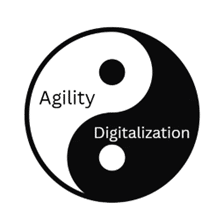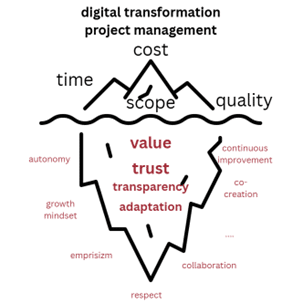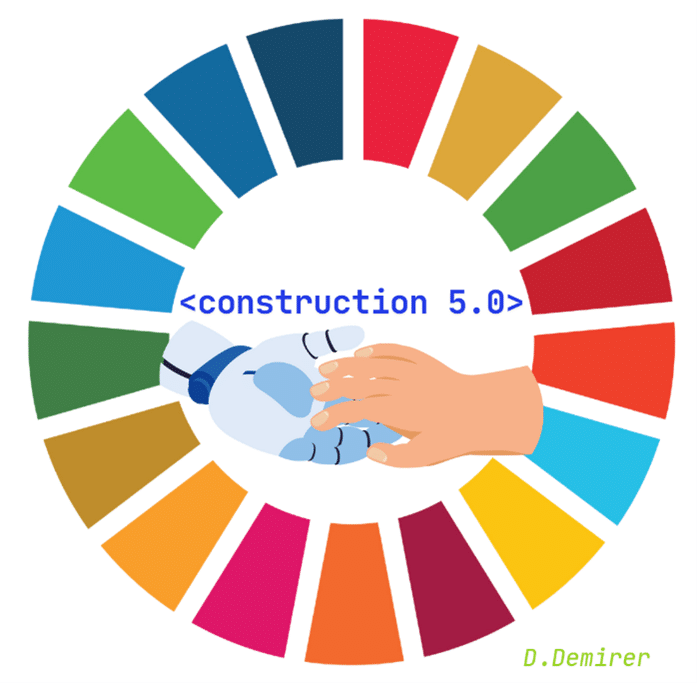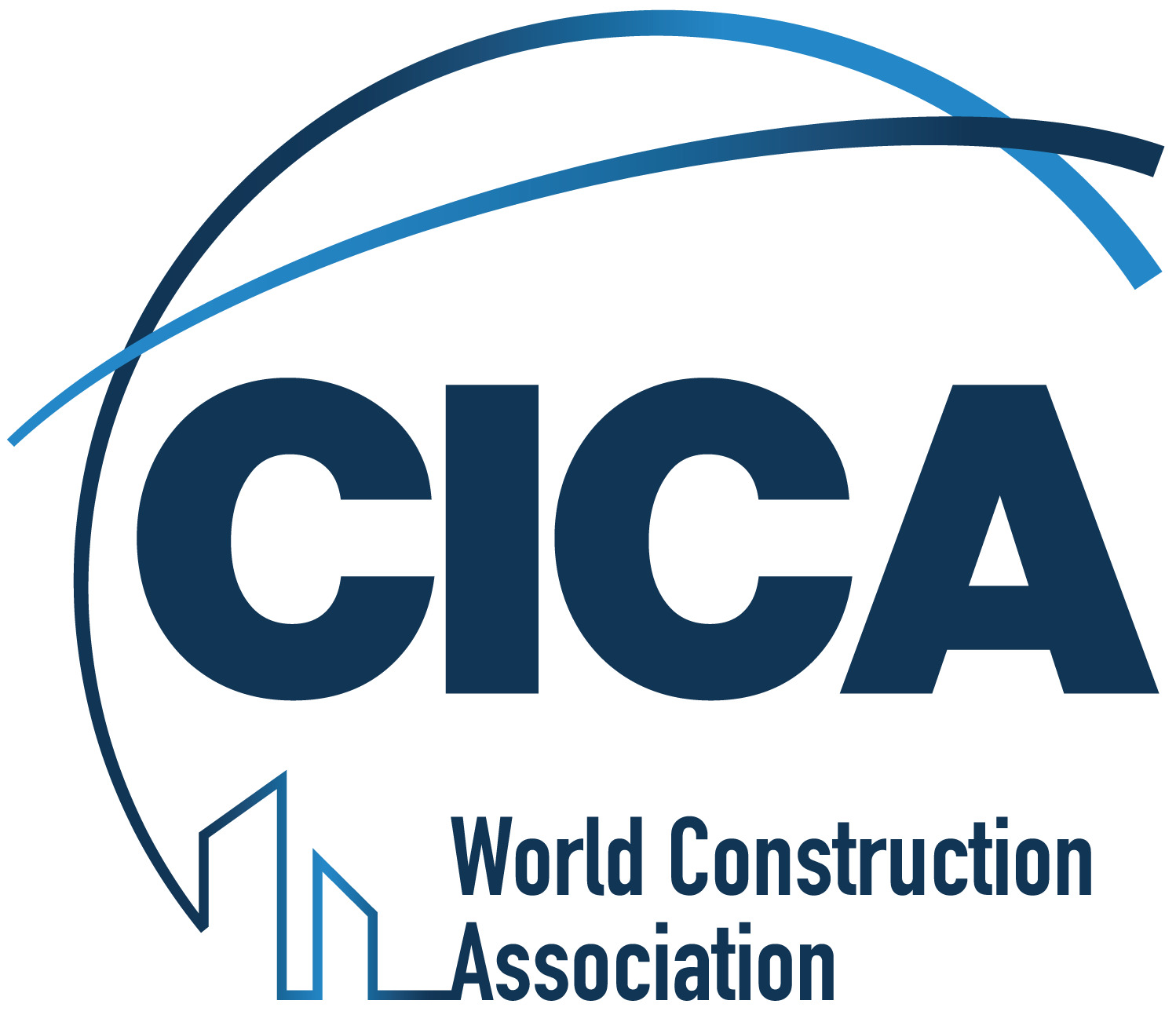
For a successful digital transformation, it is essential to clearly define and prioritize your company’s expectations from the process.
What about the expectations of digital transformation from your company? Is your company ready for digital transformation?
Digital transformation process should be treated as a project, but please refrain from applying the traditional project management triangle of time, cost, and quality with scope at its centre, or from immediately calculating budgets for software, hardware, consultancy, and workforce. Scope, budget, time, and quality represent only the tip of the iceberg in digital transformation—focusing solely on these aspects brings failure before you even begin. Digital transformation is not a linear well-defined journey.

Even if you are considering « digital transformation » in its narrowest sense—as the dissemination of information technologies or simply digitalizing existing processes as they are done manually —it fundamentally provides transparency and the liberation of information through technology. Building digital hierarchies and silos that trap information, as is common in traditional management, is like inventing flying cars to solve transportation problems, but forcing them to navigate detour streets and pedestrian traffic lights on the ground.
While solving the traffic jams of big cities is beyond our scope, let’s explore how digital tools can address the “traffic” within construction projects. A construction project resembles a cluster of city-states. As information circulates among stakeholders and departments, it passes through numerous approval cycles—much like customs and visa controls between cities. What should be a five-minute flight may take days or weeks, and by the time the information arrives, it may already be outdated and even become vague. Regardless of how advanced digital tools are, true solutions require addressing these bottlenecks through a common sense, holistic approach and collective intelligence. Otherwise, it’s like sitting in a Ferrari stuck in traffic.
To create a disruptive impact, digital transformation demands revealing and liberating information. Once freed, people can redesign processes optimally, from design to demolition, and across all disciplines—from landscape to mechanical and electrical works. Although there will be some dust and chaos in the beginning, things will improve as the process settles. Your initial budget and timeline estimate for the digital transformation may be exceeded, and scope may creep, but your company will ultimately thrive.
When we speak of “digital transformation,” we mean more than merely implementing digital tools like ERP, scheduling software, or BIM. These tools offer opportunities for transparency and collaboration, but only by moving beyond self-interest and working together with a shared focus on the project’s lifecycle performance, a real success can be achieved.
Digitalization and agility are often paired concepts that mutually accelerate each other’s effects. Agile management approaches support digital transformation by fostering a learning organization grounded in empiricism and collaboration. They create organizational safety and encourage people to try new things safely in small steps, culminating in achievements or valuable learnings.
In the construction industry, many of us are not naturally skilled with digital tools, and a digital mindset cannot be acquired through desk trainings alone—it must be developed gradually through experience. Instead of comprehensive planning with ambitious targets, starting small is key. Agile management teaches us to think big but start small. After each step, we can run small, low-risk experiments to achieve better results aligned with our goals.
Thus, digital transformation is not simply a top-down directive from management with challenging goals and incentives or penalties. It requires a cultural shift toward trust transparency and collaboration. After each step, teams celebrate their lessons learned and achievements, encouraging them to take bigger steps and conduct larger experiments. Through this iterative process, the way we work changes fundamentally.
We should recognize that agile management approaches are not themselves tools for digital transformation. Rather, agility means thriving in a VUCA world by fostering a transparent learning adaptive and innovative organization. Digital transformation, in turn, is both a tool and a necessity for achieving agility in this complex and dynamic environment. Agile organizations embrace digitalization seamlessly, while digital organizations become increasingly agile.
Let’s become agile to embrace digitalization and embrace digitalization to enhance agility.
CICA Construction 5.0 Working Group, chaired by Demet Demirer, publishes an article each month linked to the issues dealt within the group (technology integration, productivity, human wellbeing etc.). If you wish to contribute and/or join the Construction 5.0 Working Group, please contact Andine Canton (a.canton@cica.net).
- Stronger Together: 5 Lessons from Uganda for a fairer construction market
- CICA’s Construction 5.0 Working Group Sixth BlogPost – Building With Purpose in a Transforming World
- CICA’s Construction 5.0 Working Group Fifth BlogPost – Understanding and Expanding the Impact of Your Business
- CICA’s Construction 5.0 Working Group Fourth BlogPost – « What is the Birth Rate of your Company? »
- Register for CICA’s Autumn Conference!

